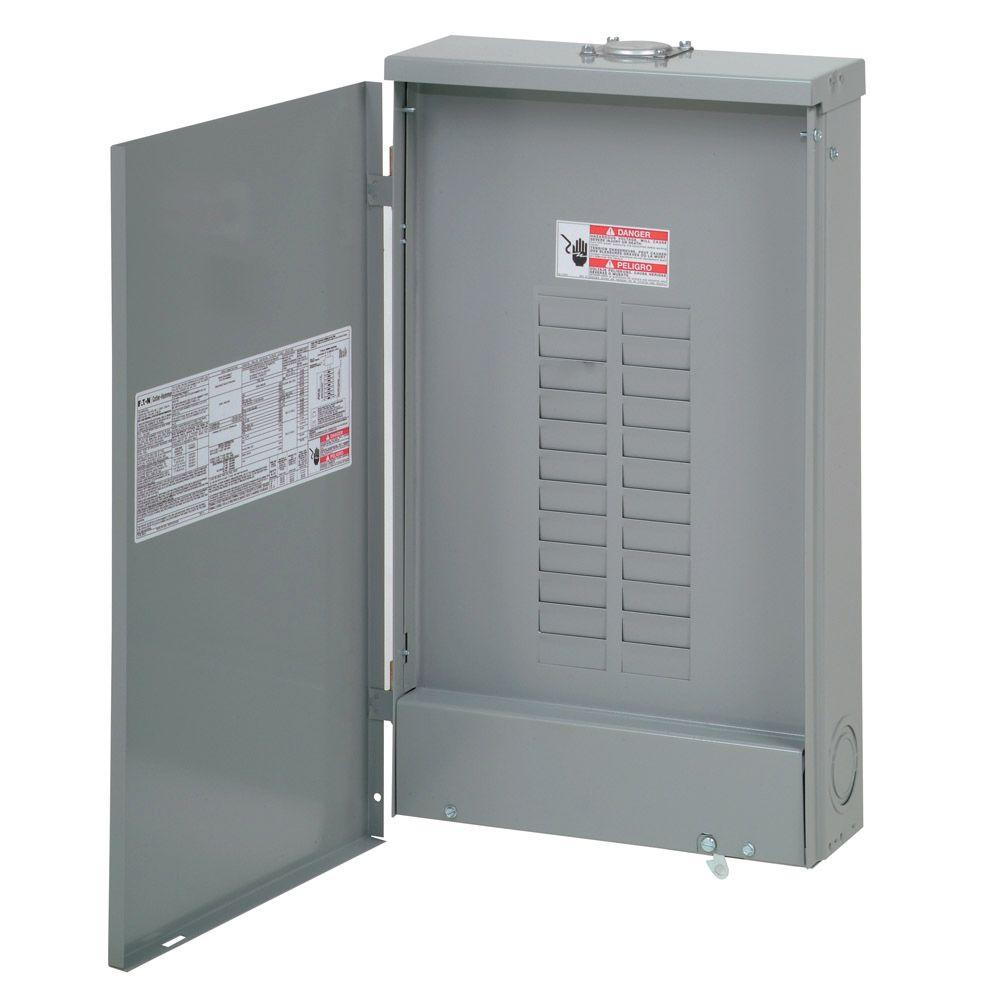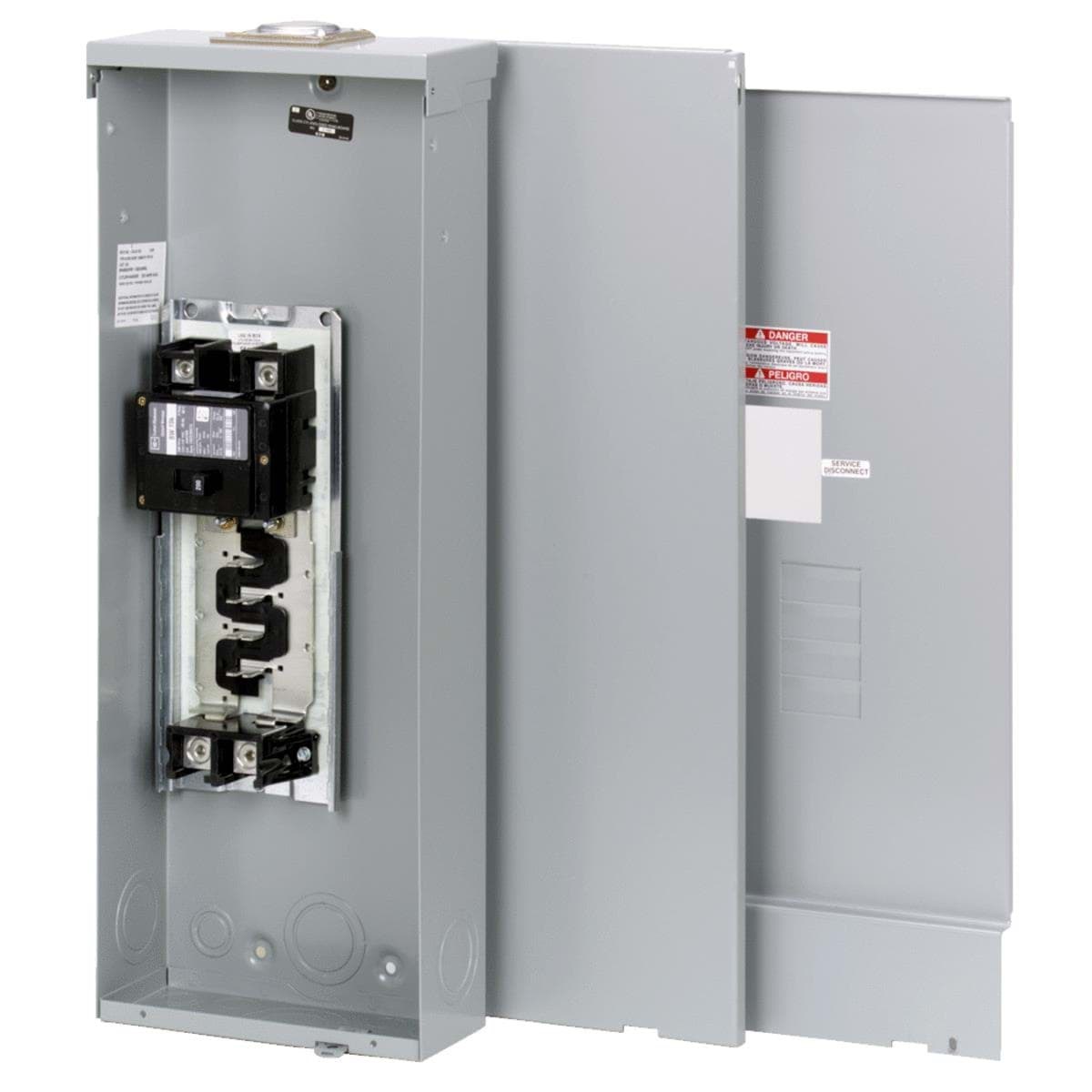

The two differ in width, finish, and warranty duration. BR breakers’ handles switch to the center position, while those on CH breakers move to the ‘Off’ position. CH breakers contain plenty of useful exclusive features like the trip indicator, 1-step reset, and better durability. It becomes readily apparent that CH breakers carry most of the load when it comes to discussing these types of breakers’ advantages: You’ll see clearer differences in the unique features that CH breakers have due to their commercial-grade qualities. You also get amperage ratings between 10A and 200A, which is also the case for BR breakers. They’re no different from the tripping mechanisms of BR breakers, which are necessary for preventing most of the electrical hazards properties are subject to. With Type CH breakers, you also get thermal magnetic, AFCI, GFCI, and combination AFCI/GFCI PON models. Like BR breakers, CH breakers also come in PON varieties. Some of their premium qualities are apparent in the copper bus and the sandalwood finish for both the frame and handle, which imparts protection against scratches.Īll the other perks will be discussed in the Pros/Cons section below. Eaton CH breakers and typical CH breaker panel are commercial grade. Therefore I have assumed you're dealing with a 240V load like a dryer that uses two (opposite) 110V circuits at the same time to get 240V. Just learn how loads work and act smartly, don't just overload to the point of a house fire. Don't misuse a 30A breaker where a 15A or 20A breaker should be used, like powering common lighting and receptacle circuits. 
The only legitimate use I have seen is in TT30 sockets for small travel trailers. Wait, did you say 110V?Ī 110/120V circuit that is 30A is extremely rare. Label the socket "GFCI Protected / No Equipment Ground". If you absolutely, insist on wiring it 3-wire without ground, then still use a NEMA 14-30 socket and plug, and fit a 2-pole GFCI breaker in the panel.
#EATON BR 200 AMP BREAKER INSTALL#
However, if your appliance comes with a NEMA 6-30 plug, you are allowed to install a NEMA 6-30 receptacle instead of 14-30 it'll be grounded and you won't use the neutral. If you are hooking up a dryer and the dryer came to you with a NEMA 10-30 cord and plug, then change the cord and plug to NEMA 14 while removing the neutral-ground jumper on the dryer. You are not allowed to install the obsolete/dangerous NEMA 10-30 (3-prong) which has no ground. If this is going to a receptacle, it needs to be a NEMA 14-30 (4-prong) type receptacle. Then ground to the panel chassis or a ground bar (which would be empty), you can buy retrofit ground bars for most panels for $5-ish. This happens when the wiring is done in metal conduit, and the grounding is via the metal conduit. In some cases there is a neutral and not a ground bar.

DO NOT DO THIS unless you see all other circuits also doing this! In some cases, the neutral bar will be the same thing as the ground bar, and all neutrals and grounds will be clumped onto the same bar. There will be a bunch of other white wires also going to this bar.

The neutral bar is a closely packed row of screws which capture wires underneath them.
If it's a 2-pole plain breaker, the neutral goes to the neutral bar. If it's a 2-pole GFCI breaker, the neutral goes to the breaker, and the breaker pigtail goes to the neutral bar.








 0 kommentar(er)
0 kommentar(er)
